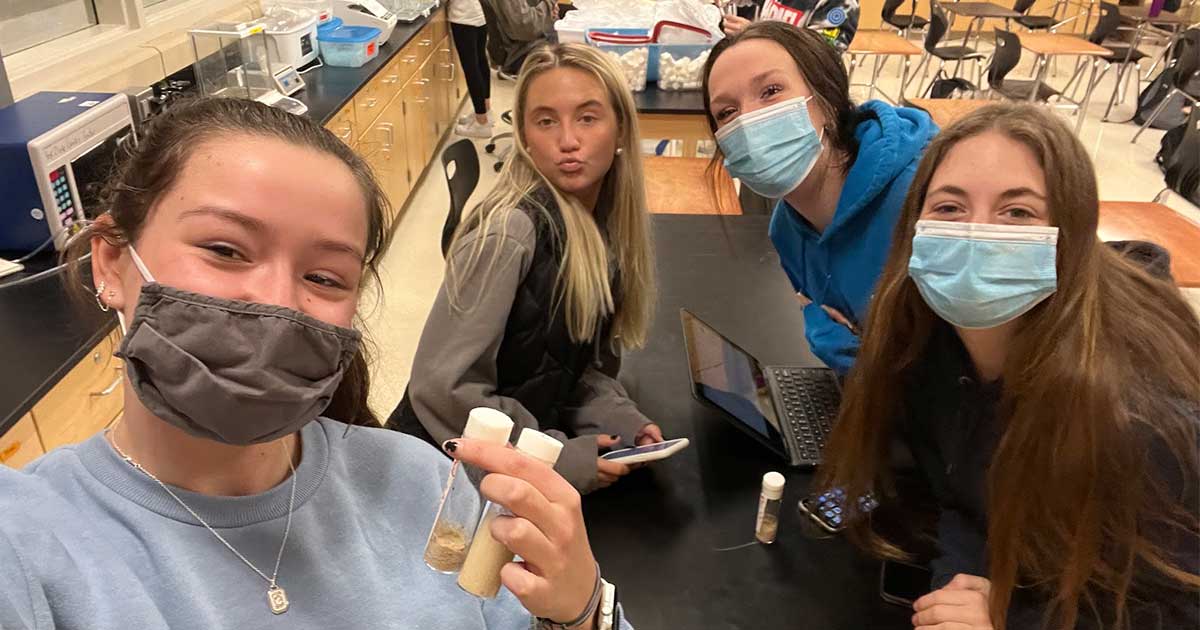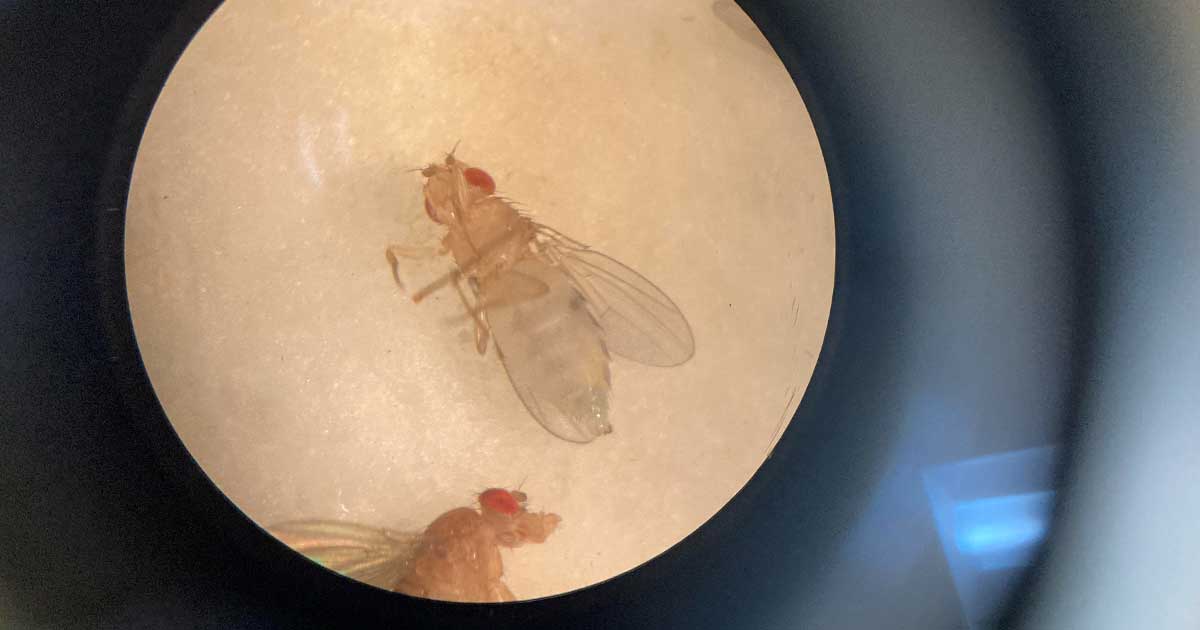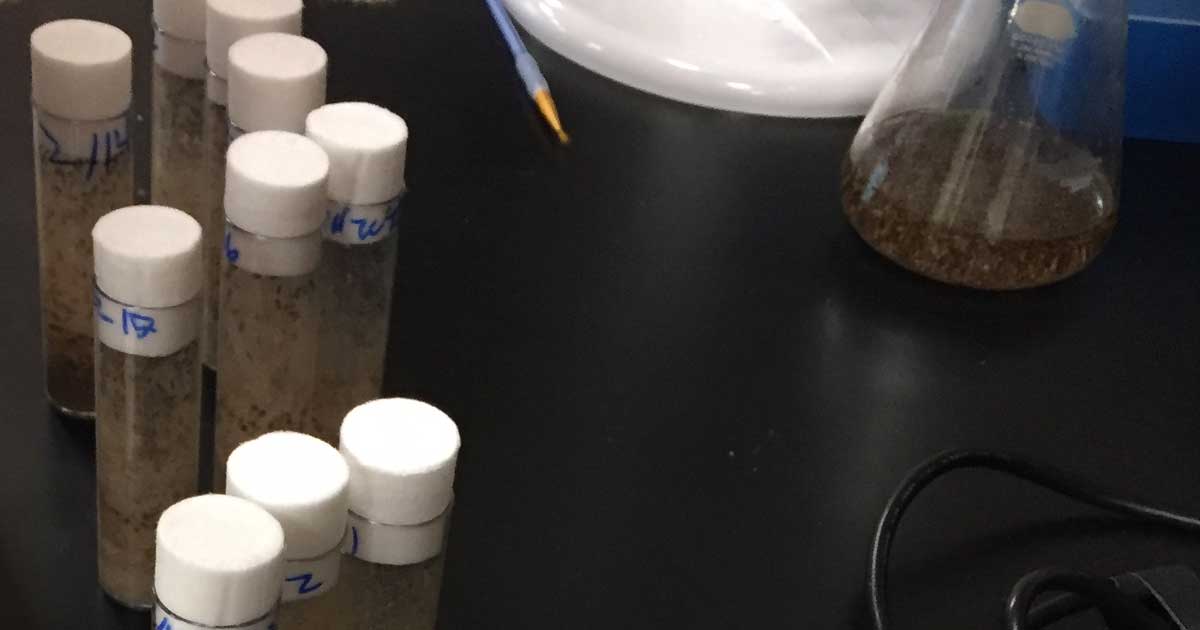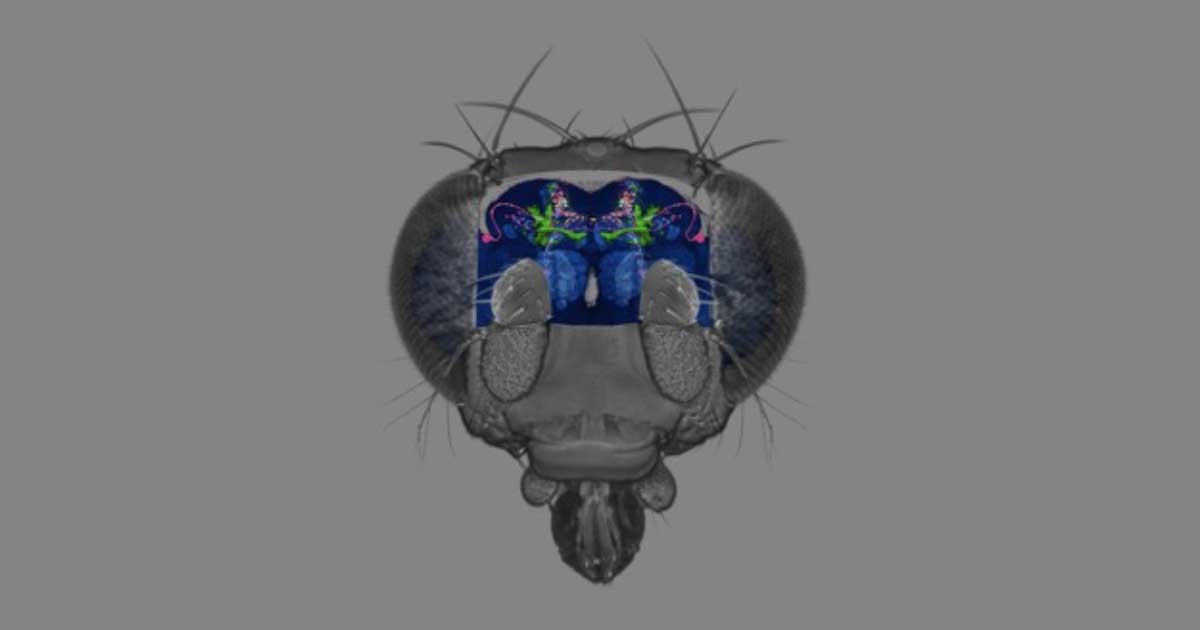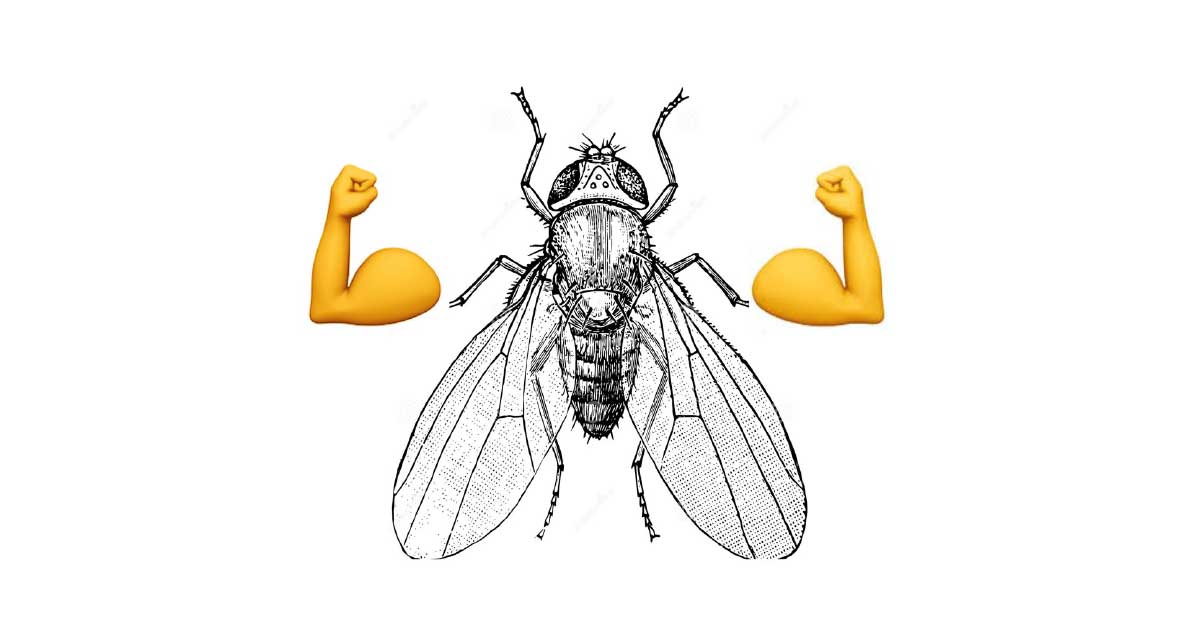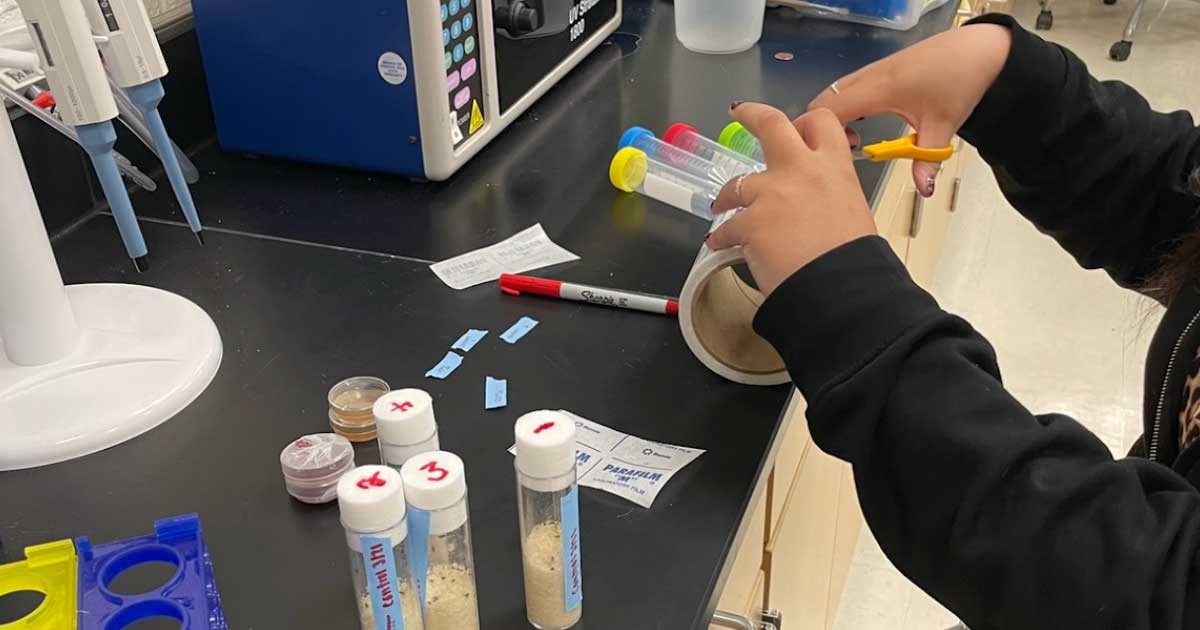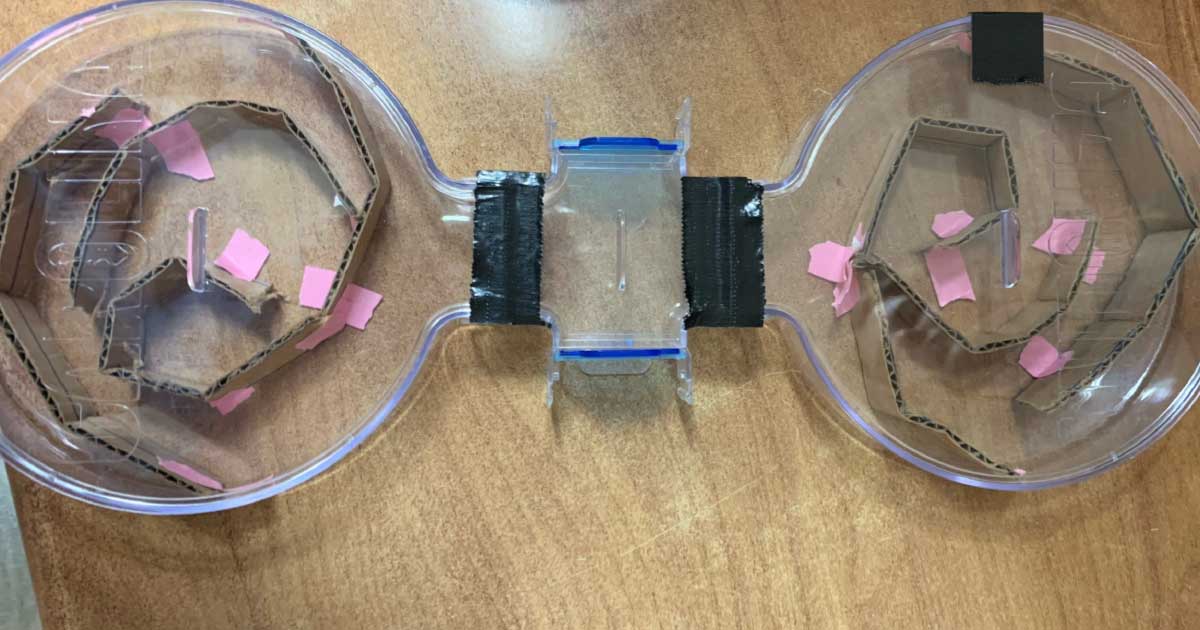By: Lisa Roth, Olivia Shesney, Charley Vargas, and Emma Willauer
In our genetics class, we got to experience how to make a hypothesis and then gather data while doing experiments to find an answer. This class has been entertaining, engaging, and a great learning experience. After collecting data during our fruit fly experience, we have learned that by doing something as simple as exposing flies to UV light, you can change their wing color and mood, changing their reproductive cycle. We got to experience being wrong but still finding an answer in the end. Nonetheless, we had our ups and downs. This would look like days without change or results but other days with immense outcomes. We thought the exoskeleton of the flies would turn to a darker brown from the UV. We didn’t see that. However, we saw rainbow winged flies once they had gone in the UV compared to those who did not.
We thought that the UV light would change the flies’ lifespan by shortening it. Instead, it changed their mood and made them produce more. It is similar to humans since UV light improves our mood and makes us happier. We see this when people are more comfortable in the summer because of the sun and warmth. In the winter, when it is cold and there is not a lot of sunlight, people usually develop “SAD,”; which stands for Seasonal Affective Disorder. This was our most significant finding from this experiment. We found that the disorder causes humans to be more depressed, and they want to be isolated during the cold winter months. However, once spring rolls around, human moods start to improve. They also become more social and happier as the weather gets warmer and the sun’s UV light starts to hit Earth more. We saw the same effects in the flies. They were isolated in the corner of the classroom for a while. This caused the development of SAD, but once they were exposed to UV light, they wanted to be around each other more, which is why we saw an increase in the reproductive rate.
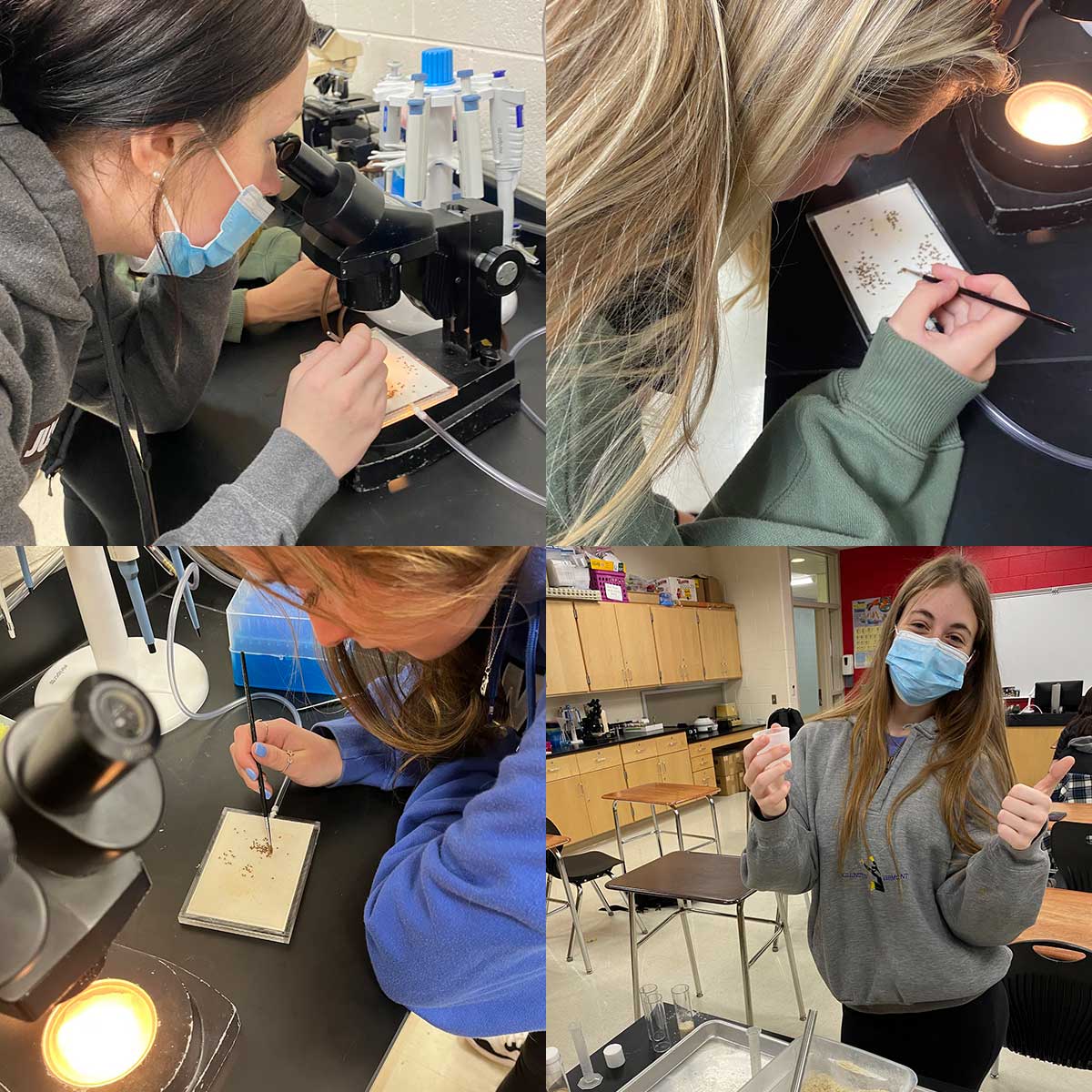
The Fly Guy Experiment Team, clockwise from top left: Lisa, Olivia, Emma, and Charley
The experience that we have gotten from this class will be beneficial. It has given us a new set of skills to take with us. Secondly, we have gained experience with different scientific tools that we got to use. More importantly, we got to see firsthand what successes and failures look like in the scientific field and how to handle them. This experiment taught us that even when your hypothesis does not go right, you can still learn from what you have done. We learned how to follow through with an idea and see it through to the end to find results. We also had to adjust anytime the experiment did not go right or there were schedule changes. All of us are grateful to have gotten the opportunity to develop these new skills and new experiences. Overall, we had a very positive experience.

